Open-air Platform
Parent institution: CNR
Active since 2015
Active through In progress
Fields of study
- Atmospheric chemistry and physics
- Isotopic chemistry
- Climatology, Climate Change
- Environmental sciences, Pollution
- Soil science
- Microbiology
- Hydrology
- Terrestrial biology, Ecology
Contact Information
Paoletti, Elena
email: elena.paoletti@cnr.it
Hoshika, Yasumoto
email: yasutomo.hoshika@cnr.it

